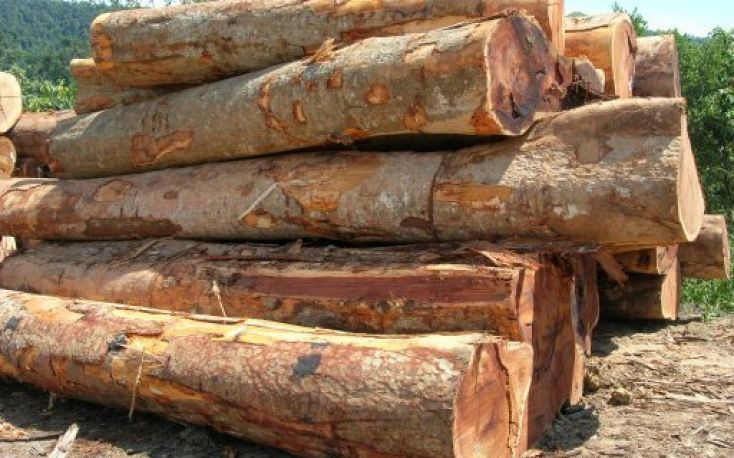
The Start– Understand the conflicting forces that both drive and constrain Russia’s timber and forest products industries – and the market conditions that could sustain further growth.
KUCHING: Malaysia’s plywood exports to its key market Japan has fallen sharply due to the wide gap between the export and sales prices in the Japanese market.
Adding to the woes of Malaysian suppliers is the stiff price competition from Indonesian plywood manufacturers and Japan’s increased production output of softwood plywood.
According to the Japan Lumber Reports (JLR), Japan’s imports of Malaysian plywood was down to 61,000 cubic metres in June, representing a 23.5% decline from the same period last year and 4.3% lower than May 2019.
“This is the lowest in the last five years. The movement of the imported plywood market continues to be slow and the high export prices (from suppliers) and low market prices in Japan continue.
“Because of the sluggish market in Japan, importers have not placed a lot orders to the supply side, so future arrivals (of plywood cargo) seem to be low.
“Actually, new orders dropped considerably since late last year, hence arrivals of imported plywood in May and June were less than 200,000 cubic metres – record low arrivals for the two months,” said the trade journal which is published every two weeks.
The JLR edition is reproduced by the International Tropical Timber Organisation (ITTO) Tropical Timber Market report.
Based on Japan’s official figures,the country imported 2.92 million cubic metres of plywood last year and Malaysia is the single largest supplier, accounting for 1.06 million cubic metres (average monthly of 88,333 cubic metres) or about 36% of Japan’s imports. The export volume of Malaysian plywood to Japan was down by 10.8% in 2018 from 2017.
On the other hand, Indonesia’s plywood exports to Japan surged by 11.4% to 977,500 cubic metres last year from 2017.
For June 2019, Indonesian plywood exporters overtook Malaysia’s and supplied 70,700 cubic metres to Japan. Although the volume was 17.4% lower than a year ago, it was up by 22.6% compared to the preceding month of May.
In the Tokyo market, the JLR said due to the stagnating movement of imported plywood, market prices remain depressed while the suppliers’ export prices remain high.
“There are some short items in the inventories, so the (plywood) dealers wish to place orders. But the price gap between the suppliers and the market in Japan is too much, so they are not able to place new orders,” it added.
Sarawak-based TA ANN HOLDINGS BHD and WTK HOLDINGS BHD, which are two of Malaysia’s major plywood manufacturers, have been hit by Japan’s cut in plywood imports.
In the first half of 2019 (1H19), Ta Ann recorded a 34% drop in the sales volume of plywood products from a year ago. In the past two years, more than 90% of Ta Ann’s plywood sales went to Japan.
Due to poor sales, Ta Ann said its average selling price of plywood products has declined by 5% in the April-June 2019 period from January-March 2019 period.
WTK said the shrinking plywood export volume to Japan has affected its timber segment’s revenue.
The company attributed the lower sales to “price competition from Indonesian plywood exporters and Japanese domestic plywood supply at lower costs”.
However in 1H19, WTK has reported a 11.6% increase in the selling prices of its panel products to the niche Japanese market compared to a year ago.
Local plywood manufacturers have raised the export prices of their panel products to offset the higher production costs brought about by a steep increase in timber premium and rehabilitation and development cess.This increase, according to the Sarawak Timber Association, has raised logs and timber products’ costs by RM110 per cubic metre, assuming a recovery rate of 50%. Log prices are also pushed up due to prolonged supply shortfall as a result of decreasing yearly production in line with Sarawak’s sustainable forest management policy.



